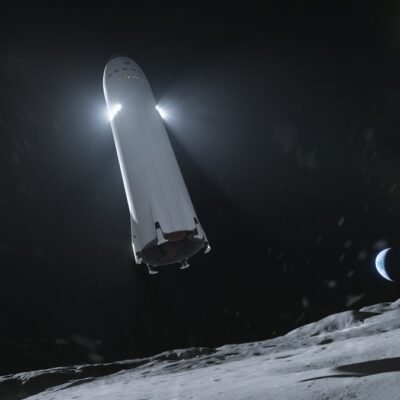Artificial Intelligence is no longer a distant future—it’s the dynamic present, and U.S.-based companies are leading the charge with groundbreaking developments that are transforming how we work, communicate, and live. Over the past year, AI has evolved from an impressive tool to an indispensable part of everyday life, with major players like OpenAI, Google, Microsoft, and Tesla pushing boundaries in exciting new ways.
Here’s a deep dive into the most significant AI innovations from American companies in the past 12 months that have everyone—from tech experts to everyday users—talking.
Game-Changing AI Innovations by U.S. Tech Giants
1. OpenAI’s GPT-4.5 and the Rise of Multimodal Intelligence
OpenAI has continued to redefine AI interaction with the release of GPT-4.5 and its integration into ChatGPT. The new version has significantly improved the model’s reasoning, coding ability, and factual accuracy. What’s more exciting is its multimodal capability—users can now input text, images, and even audio to receive meaningful responses. This jump makes ChatGPT not just a chatbot, but a true personal assistant for work, creativity, and learning.
Tools like ChatGPT with voice and vision are increasingly being adopted across industries—from customer support to education—and are setting a new standard for AI usability (openai.com).
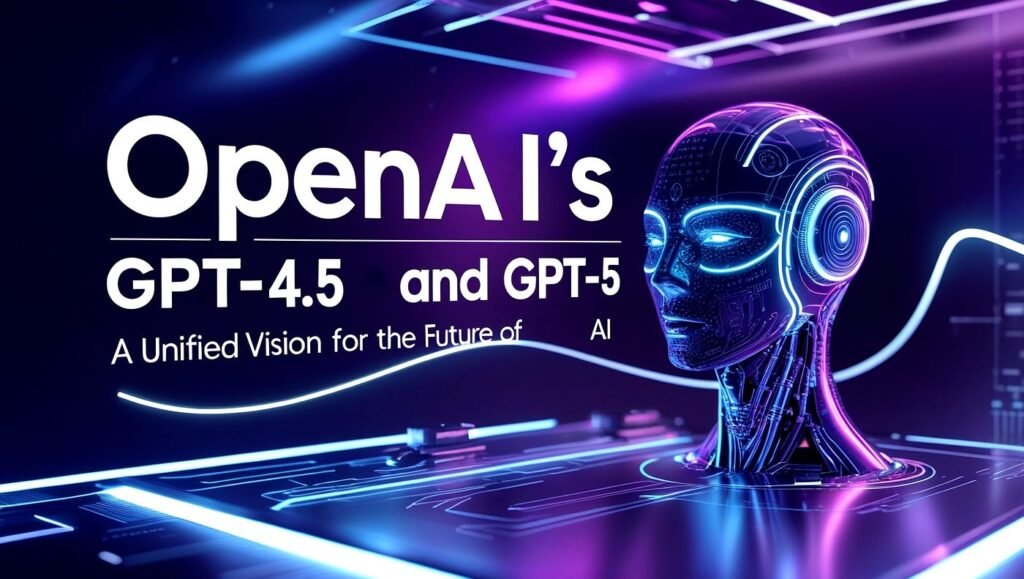
2. Google’s Gemini AI Suite: The Future of Search and Productivity
Google responded to the growing demand for smarter digital tools by unveiling Gemini, its suite of generative AI products built into core services like Gmail, Docs, and Google Search. Gemini goes beyond offering suggestions; it can draft full emails, summarize lengthy documents, and even generate slides for presentations.
More importantly, Google has baked Gemini into Android, allowing mobile users to use AI seamlessly across apps, photos, and voice search. This integration makes AI more accessible to billions of users worldwide, marking a shift toward AI-powered productivity becoming the norm (ai.google).
3. Microsoft Copilot: Revolutionizing Work with Everyday AI
Microsoft has embedded AI directly into its most-used applications like Word, Excel, PowerPoint, and Teams under the “Copilot” brand. This integration has changed how professionals handle tasks—from analyzing complex data in Excel to summarizing meetings in Teams.
Copilot doesn’t just automate—it augments human potential by acting as a collaborative partner. For businesses, this means reduced workloads, improved accuracy, and significant time savings. Microsoft’s move to bake AI into Windows 11 also ensures that millions of users can benefit from smart tools without needing technical know-how (microsoft.com).
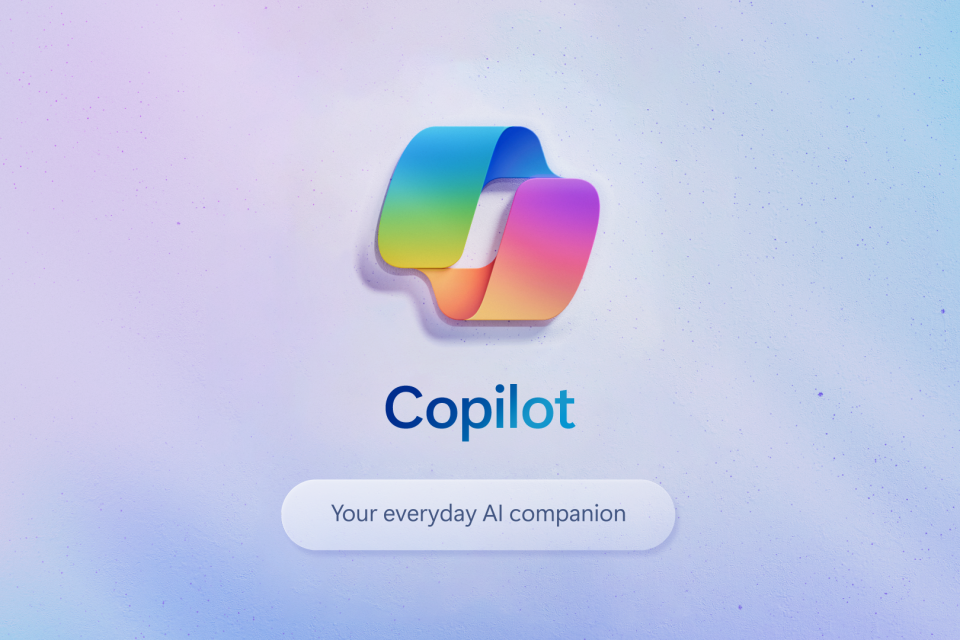
4. Nvidia’s Hardware Leap: Powering the AI Revolution
While software gets the spotlight, none of these advances would be possible without the hardware to support them. Nvidia continues to lead with its H100 Tensor Core GPUs, now the backbone of many AI data centers and models. The company’s focus on accelerated computing is pushing performance boundaries and making large-scale AI training more efficient than ever.
Nvidia’s role in powering AI—from training LLMs to running them in real time—is unmatched, and its influence spans industries like autonomous vehicles, robotics, and medical imaging (nvidia.com).
5. Tesla’s Full Self-Driving (FSD) 12: AI Behind the Wheel
Tesla made headlines with its release of FSD v12, marking a major shift from traditional programming to AI-based neural nets for autonomous driving. This version operates without hard-coded driving rules, instead relying entirely on AI to interpret and respond to real-world driving conditions.
Elon Musk’s vision of a robotaxi fleet looks more achievable now, with vehicles reportedly showing improved decision-making, smoother turns, and fewer interventions. Tesla’s innovation pushes the narrative that AI isn’t just about productivity or content—it’s actively changing how we move through the world (tesla.com).
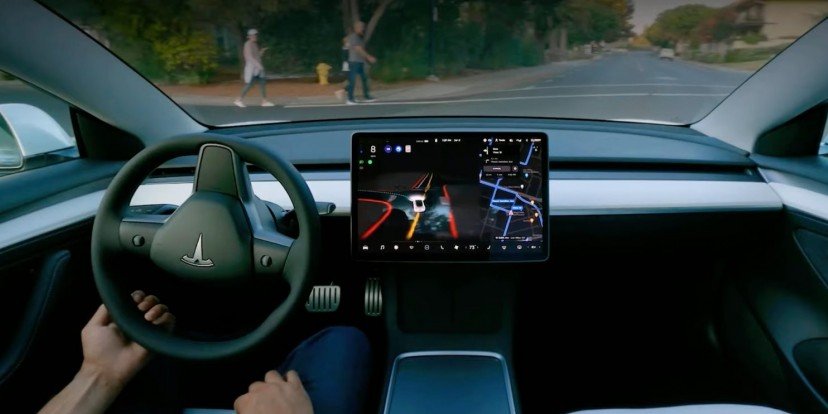
6. Adobe Firefly: Democratizing Creative AI
Adobe took a creative leap with Firefly, a suite of generative AI tools integrated into Photoshop, Illustrator, and Premiere Pro. Firefly allows users to generate images, edit photos, and even fill video content using simple text prompts. What sets Adobe apart is its ethical approach—training its AI on licensed content to ensure creators are protected.
This innovation has empowered designers, marketers, and creators of all skill levels to produce high-quality content faster than ever before (adobe.com).
7. Amazon’s Alexa Learns to Think Smarter
Amazon has stepped up its game by enhancing Alexa’s conversational abilities. The AI now uses LLMs to provide more fluid, human-like responses. You can ask complex questions, get personalized recommendations, or even have Alexa summarize your shopping lists or calendar.
Amazon has also begun embedding AI into AWS, giving startups and businesses the ability to train and scale models affordably. These tools are driving new AI startups and boosting innovation in sectors like health, finance, and retail (aws.amazon.com).
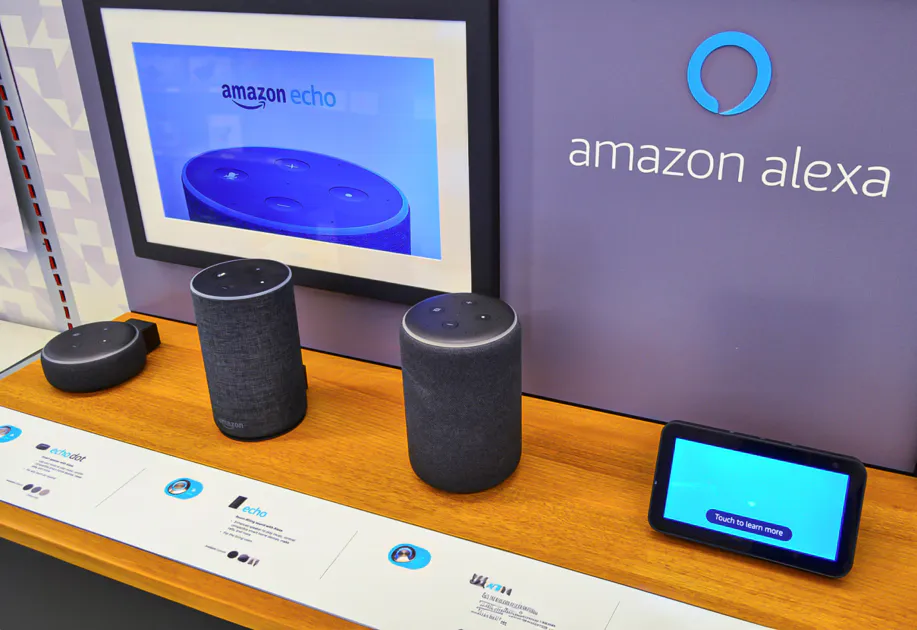
8. Meta’s Emu AI and Social Integration
Meta is developing Emu (Expressive Media Universe), its AI image generation and editing system that’s being tested on platforms like Instagram. Users can edit photos, generate backgrounds, and even create AI-driven reels within seconds. Meta is also leveraging its LLaMA language models to enhance AI chatbots across Messenger and WhatsApp.
This innovation is part of Meta’s broader push to make social experiences smarter, faster, and more personal—with AI playing the central role (meta.com).
The Road Ahead
From conversational agents and productivity tools to self-driving cars and creative design, AI innovations from U.S. companies are transforming how we live and work. What’s particularly exciting is that these technologies are not reserved for tech elites—they’re being built into the everyday tools people already use.
As we look ahead to 2026, one thing is clear: American tech giants aren’t just shaping the future of AI—they’re embedding it into our daily reality. And the pace shows no signs of slowing down.
Also read : Chicago’s Iconic Architecture That Shaped Modern America’s Soul



